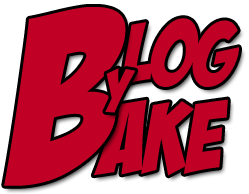I am not sure if you’ve noticed, but milk is really getting out of control these days. Once upon a time, you’d be hard pressed to find more than three options of milk: whole, skim, and low fat. Now, the milk aisle at the grocery store has expanded more than our waist line after Thanksgiving.
There’s lactose-free, organic, non-homogenized, powdered, chocolate, butter, almond, goat, rice, oat, soy, and grass, just to name a few. (Yes, grass milk is a thing, but oddly enough it is not made out of grass — it comes from cows that only eat organic grass. I just hope there isn’t a farm out there somewhere that only allows cows to eat black licorice. I’m not sure I could handle black licorice milk.)
Despite my ramblings, the large number of different milks doesn’t bother me, except in one instance….coconuts.
Is it just me, or are coconuts are getting greedy? They already have a water, now a milk. You don’t see goat water or butter water. Why do coconuts think they are better than goats or butter?
In fact, I don’t even know what the difference between coconut milk and coconut water is. But thanks to Wonder Why Wednesday and the internet, we are going to find out…
What Is The Difference Between Coconut Milk & Coconut Water?
Turns out, the difference is quite simple. Coconut water is the actual liquid found inside a coconut. Coconut milk is made from the white pulp of the coconut. The pulp is grated and mixed in water to produce the milk.
Basically what that says is coconut water is natural and easy. Coconut milk is forced. Sorry coconut, but I think you should stick to water.



